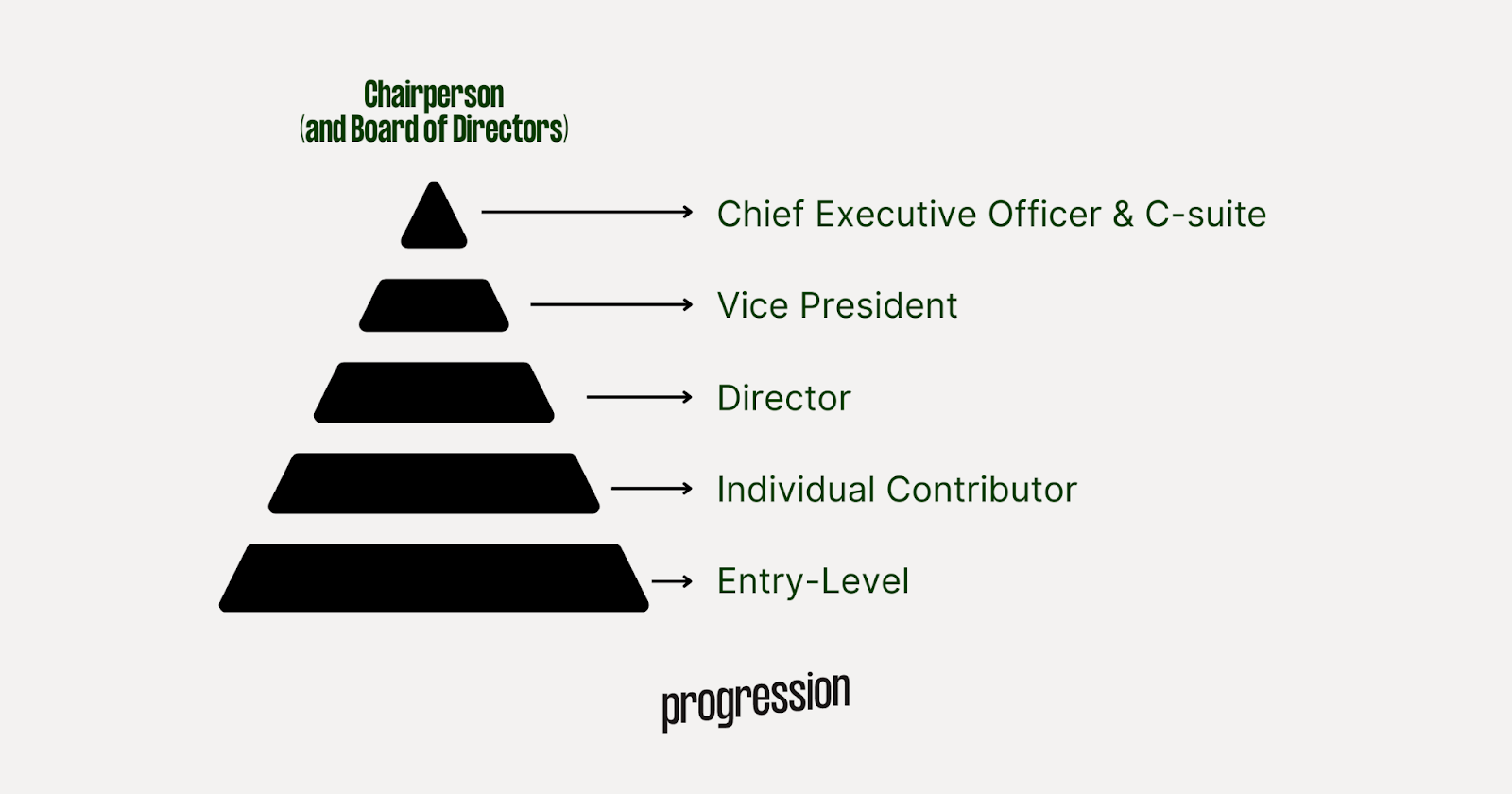
Gadgetflow is the original discovery platform, allowing you to stay up-to date on all the newest tech, gears, and crowdfunding campaigns. The platform is self-sustaining, and it grows quickly on a weekly basis.
Gadget Flow aims to be a one stop shop for those who are busy and want unique and innovative gadgets. These gadgets are created with the individual's needs in the forefront. They publish fresh content daily and make it simple for users to explore products paired with high-quality lifestyle photos and videos as well as specs & overview sections.
They have a dedicated team of editorial staff that picks out the most innovative and exciting products. They feature these products on their website, iOS apps and Android apps, as well as in their newsletters.
Gadget Flow is a leading company in the gadget industry. Since 2012, Gadget Flow helps thousands of companies to increase sales through their apps, newsletters, social media platforms and platform. Their products have appeared in several popular publications, including Mashable Forbes Huffington Post and Forbes.

You can use Gadget Flow as a tool to promote your campaign
If you're running a campaign to raise money through crowdfunding, it's important that your project is seen by as many potential supporters as possible. This can be difficult if you don't have the right marketing or community-building strategies in place.
A gadget site can help you reach out to a wider audience by promoting your campaign and generating leads. The Gadget Flow team has worked with many top-grossing Kickstarter and Indiegogo projects, helping them drive more traffic and increase their success.
Gadget Web Design
First, you must decide the kind of gadgets that you will sell. Next, you should choose a website name. Names should be descriptive and unique to attract customers.
The website can be created once you've selected the right name. It will consist of a host, a domain and a design. After the website is created, you can begin promoting your gadgets.
Gadgets can be added and removed.
To add gadgets to your website, click Gadgets while editing the page or template. Click the Gadgets icon to see a list of all available gadgets. Drag and Drop your gadget into a template or placeholder. When you start dragging the gadget, and it is not in the desired location, a prompt appears.

The title, the margins and the content can be edited within a gadget. For instance, you can set the top and bottom margins separately or combine them to form a wider gap. If you want to remove a gadget, click the trash icon while editing a page or template.
The deleted gadgets can't be recovered from the trash.
To delete a widget while editing a template page or site page, move your cursor to the gadget and select the Trash button. You may be unable delete a single-gadget from the page if that gadget can't be added to any other gadgets on the page.
FAQ
Do you think it is okay to ask for discounts while shopping?
Always try to negotiate a lower price when buying products. It's not rude to ask if they have any discount codes available. You can ask politely if they have any discount codes. This could save you money over time.
Are there other things that I should know about buying clothes online
Before buying clothes online, there's a lot you need to know. First, know your measurements. It may seem obvious, but most companies don't provide this information so you might have to guess.
Also, consider shipping costs. Shipping costs will vary depending upon the item ordered. Make sure you know exactly where the package is going. Some items ship directly from manufacturers while others are shipped through third-party warehouses. This can alter delivery times.
Read reviews. There are many instances of poor experiences. Don't allow someone else's experience to influence your own.
Do I qualify for free shipping if my order exceeds $25?
Most major websites allow customers to place orders without having them pay for shipping. Some even offer free shipping on certain items. To qualify for free shipping, however, you must spend more than $25. Many websites automatically apply free shipping to all of your orders. You will need to enter the code SHIPFREE during checkout for some websites.
How can I avoid being conned when shopping online?
Be vigilant when you shop online. Always read reviews and look up customer feedback before making a purchase. You should never send financial information via email. Instead, go to a secure site like PayPal. So you can rest easy knowing your information is safe.
How can you be a smart buyer when shopping online?
You can only succeed if you know how to make informed decision. Knowing what you want is key to success. Find the best deal for yourself.
Also, you should learn how to shop around and compare prices at different retailers. You'll be able to choose where you want to spend your money.
When you're looking at products on websites, read reviews and ratings carefully. They can help to decide whether you buy.
You don't have to buy the entire price. There are many savings options, such as coupons and promotional offers.
You might consider financing with a credit company if your purchase is expensive. These companies often offer special deals, such as 0% for 12 months.
There are many ways to save money on online shopping. These are just a few.
Statistics
- The vast majority only change a password to protect privacy a few times a year (27 percent) or, more likely, never (35 percent). (pcmag.com)
- The tax is automatically added once you click the checkout button, so factor in an additional 20% when looking at the product page. (makeuseof.com)
- Your Online Purchases 79% of Americans purchased goods and services online in 2018, which is expected to exceed 90% in 2023. (meetfabric.com)
- A report from the U.S. Census Bureau found that in the first quarter of 2022, an estimated $250 billion was spent on retail e-commerce sales.1 (thebalance.com)
External Links
How To
How to shop online safely
Online shopping is one of the most convenient ways to buy goods and services. However, online shopping comes at a high cost. Online shopping has many advantages, but there are also risks. Identity theft is the biggest threat. Identity theft is the most serious risk. Identity thieves will use your personal data (names, addresses, credit cards numbers) to steal your money or take out fraudulent loans. Your stolen information is then sold on the black marketplace. If you want to stay safe while doing business online, here are some tips to keep in mind:
-
Secure websites. SSL encryption is free for most online stores. It means that any information entered onto their website such as names, addresses and phone numbers is encrypted so that only you have access to it. It makes it impossible for anyone to read what you input. Make sure that you have a valid certificate issued from a recognized CA when choosing an online store. Look for the green padlock icon next to the URL bar when browsing.
-
Keep your password secret. When you first sign up for a new account, you usually receive an email asking you to confirm your email address and/or username. This information should never be given to anyone. You should also not write these credentials down. If someone steals your wallet they can access your accounts. Instead, store them on your computer. A good rule of thumb is to change your passwords once every three years.
-
Keep track your orders. Track where you send packages if you're sending items to other people or yourself. Many people are scammed by believing they sent something to their own address, when it was actually sent elsewhere. Always check the tracking number before you pay for shipping. You should never ship anything without proof of delivery. If you are not satisfied with the service, contact the company immediately.
-
It is important to know who you are dealing. Websites will often ask for sensitive information like your full name, date, birth date, Social Insurance Number and bank routing number. These details allow them to identify you. Be careful what information you give out. If you're unsure whether a website needs this information, just Google "what does need?" You'll find many answers.
-
Beware of pop-up windows Many websites will bombard you daily with pop-ups offering special offers, discounts, and other products. While some advertisements might appear legit, others will trick you into sharing private information. For example, a fake anti-virus program could ask for your banking information, credit card numbers, and social security number. Avoid being tricked by clicking on links that look suspicious.
-
Phishing scams can be dangerous. Phishing scams involve hackers posing as reputable companies to trick consumers into handing over their financial information. Phishers will often send emails that appear to come from banks and retailers encouraging customers to log into their accounts and update any information. The hacker can access your finances once you have given your personal information. Hackers can even empty out your bank accounts or transfer funds between different accounts. There are many resources available to help you spot phishing scams, such as How to Spot an Email Scam.
-
Do your homework. Read the fine print before signing up to any deal. It is important that you understand and agree to the terms and conditions of any contract. Make sure to read all information and understand exactly what you're agreeing. Avoiding hidden fees and charges is key to saving money.
-
Always shop around. Be open to shopping around. Compare prices across multiple websites until you find your best price. You can also compare shipping prices when ordering multiple items. Shipping costs vary depending on the website you use. It is worth paying extra for faster shipping.